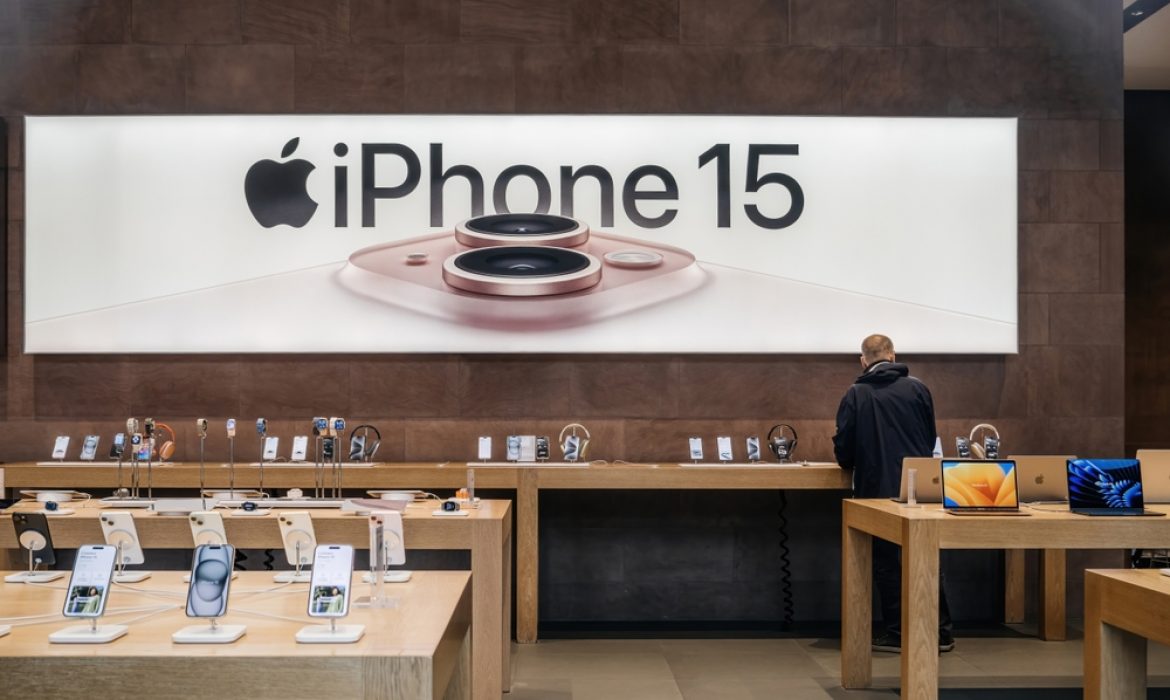The global smartphone market witnessed a resurgence in the first quarter of the year, according to a report by IDC. However, amidst this overall growth, Apple Inc. faced a significant setback with a sharp decline in iPhone shipments, marking its worst performance since the onset of the Covid-19 pandemic.
Decline in iPhone Shipments
Since the launch of its latest-generation iPhone in September, Apple has encountered challenges in sustaining sales, particularly in China, the world’s largest smartphone market. IDC data reveals that iPhone shipments fell by 10 percent in the March quarter, amounting to 50.1 million units, below analysts’ forecasts. This decline, a 9.6 percent year-on-year drop, is the most substantial for Apple since the disruptions caused by the Covid-19 blockade in 2022.
Impact of Chinese Rivals
Apple’s struggle in China can be attributed to the resurgence of competitors like Huawei Technologies Co. and Xiaomi Corp., along with Beijing’s restrictions on foreign devices in workplaces. The competitive landscape has intensified, with Huawei’s unexpected comeback last year posing a formidable challenge to Apple’s share of the premium Chinese market.
Market Dynamics
While Apple faced a downturn, other players in the smartphone market experienced growth. Samsung Electronics Co. regained its lead in the March quarter, and budget brands like Transsion and Xiaomi recorded significant increases in shipments, narrowing the gap with Apple.
Insights from IDC
Nabila Popal, research director at IDC, commented on the changing dynamics of the smartphone market. Despite Apple’s resilience in recent years, maintaining its growth rate and peak share will be challenging, especially with the expected faster growth of Android in 2024.
Consumer Behavior and Strategies
Consumers’ preference for premium models, coupled with longer ownership cycles, has prompted a rise in average selling prices for phones. Apple, known for its premium pricing strategy, has resorted to discounts to stimulate sales, including discounts of up to $180 in China.
Outlook for Apple
Apple’s strategic focus on the Chinese market is evident from the recent opening of a flagship store in Shanghai’s financial center. However, the company faces the task of retaining its existing customer base while fending off competition from local players offering compelling alternatives.
Conclusion
Despite Apple’s historical resilience, the latest data underscores the challenges it faces in maintaining its position in the global smartphone market, particularly in China. As competition intensifies and consumer preferences evolve, Apple must adapt its strategies to navigate the ever-changing landscape.


